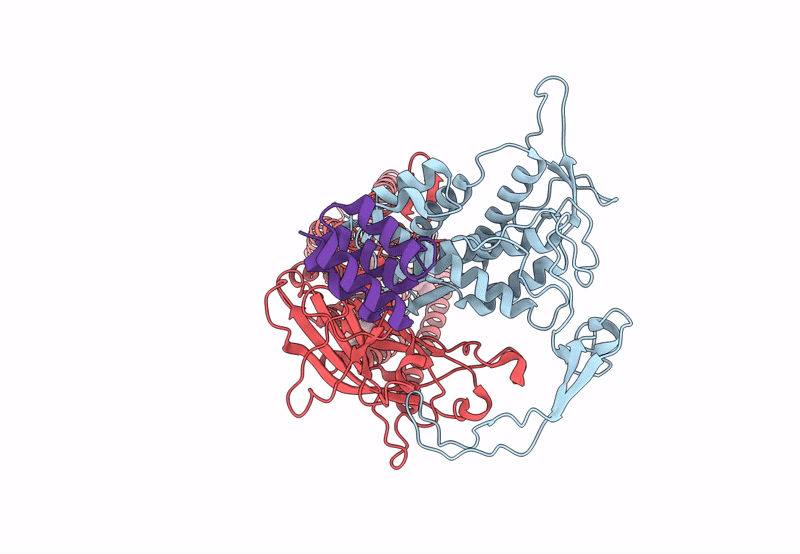
Deposition Date
2023-08-27
Release Date
2023-10-18
Last Version Date
2025-05-21
Method Details:
Experimental Method:
Resolution:
3.23 Å
Aggregation State:
PARTICLE
Reconstruction Method:
SINGLE PARTICLE


